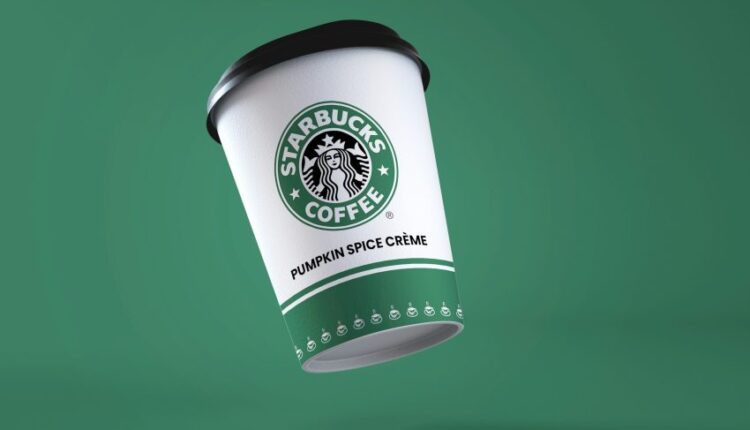Here’s Why Dutch Bros Is Doing Better Than Starbucks Right Now
The recent quarterly performances of Dutch Bros and Starbucks are compared, with Starbucks experiencing its worst fiscal quarter since the peak of the pandemic three years ago. Meanwhile, Dutch Bros has been one of the few success stories this quarter, reporting 10% same-store sales growth and positive traffic trends. Dutch Bros currently has slightly higher AUVs than Starbucks, at $1.973 million vs. $1.955 million, according to the most recent data from Technomic. While Starbucks is still indisputably the number two foodservice chain in America, and Dutch Bros only operates a fraction (5%) of the cafes that Starbucks does in the U.S., the younger coffee chain has been on a hot streak with 24% year-over-year unit growth from 2022 to 2023, according to Technomic Top 500 data.
Beyond hard numbers, the two companies have recently taken very different operational strategies. Starbucks has been constantly churning out new menu items with complex SKUs, such as last year’s Oleato, this year’s lavender matcha latte, the spring lineup of “swicy” drinks, and most recently, the release of summer beverages with boba-like pearls. Dutch Bros’ menu innovation strategy has been more measured, with the brand focusing on staying on top of trends and knowing what the brand’s customers want.
In comparison, Starbucks’ LTO release schedule is more frequent and feels more frantic. Some of the flavors and ingredients Starbucks is adding also seem to be more niche and add more complexity to operations, like olive oil, lavender, and proprietary chili powder mix in the “swicy” lemonade Refreshers. The Oleato also appears to have garnered mixed results from customers. According to Technomic data, the Oleato has a below-average purchase intent score as compared with other similar LTOs in the category (though now it has been added to the permanent Starbucks menu).
Dutch Bros’ strategy of measured operations seems slow-moving in comparison. This year, Dutch Bros will be launching mobile order and pay for the first time, and while that may seem like a belated tech add for a quickly-growing QSR chain, Barone said that the executive team wants to make sure that they get the launch right, and not add more friction for either customers or “broistas.”
While Starbucks’ mobile order and pay is more than a decade old, this quarter, Starbucks CEO Laxman Narasimhan admitted that customers are becoming more frustrated lately with the experience, to the point that they are abandoning their shopping carts in the app. Starbucks has been working on rolling out equipment to improve efficiencies in stores and make operations easier and less chaotic for baristas.
In addition to a jam-packed LTO schedule and some operational challenges to solve, Starbucks has made many more announcements over the past several months, as part of a reinvention plan to improve store-level experiences and traffic trends. The lengthy list includes rewards partnerships with Delta and Bank of America, a commitment to introducing more snacks and beverage platforms, and tech partnerships with Microsoft, Apple, and Amazon.
To Starbucks’ credit, it’s easier to start a mobile payment platform from scratch like Dutch Bros is doing than to reinvent a decade-old system. Dutch Bros’ strategy of well-researched, measured decisions that carefully consider customer wants and employee needs is something to learn from. As Dutch Bros slowly makes its way to its long-term goal of 4,000 stores nationally, the brand becomes more of a competitive threat to the biggest coffee chains out there.
Read More @ Nation’s Restaurant News
Source: Coffee Talk



